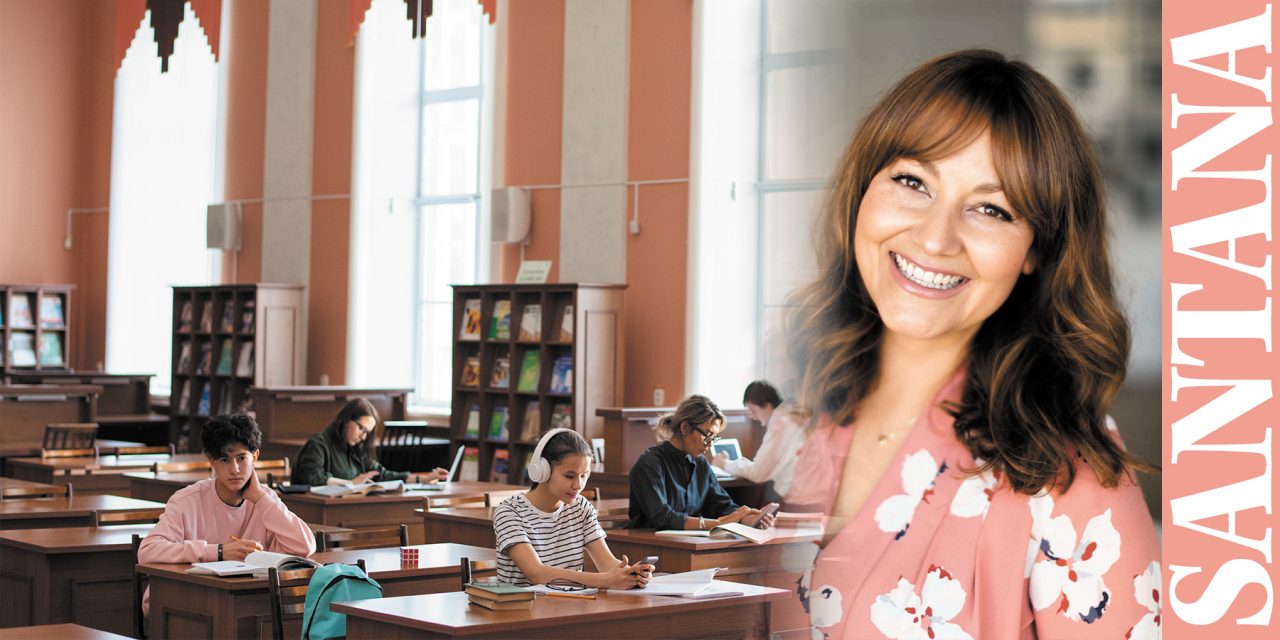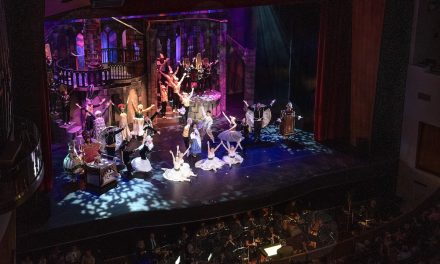Estate and Giving
Free access to a private library was “like a blessing from above” for a poor telegraph messenger in the late 1800s. It would prove to be fundamental to his success. That messenger? Andrew Carnegie. This steel-baron-turned-philanthropist later used his millions to singlehandedly fund a network of 1,700 libraries across the U.S., public and free for all to use.
Today, American libraries have evolved to offer much more than books, with access to e-books, 3D printers, homework help, and more. Amid the pandemic, they have stepped in, once again, as a community safety net, lending Wi-Fi hot spots to residents without internet access, providing grab-and-go meals, offering virtual job interview classes, and hosting online art therapy and social events.
For every dollar spent on public libraries, residents receive anywhere from $2 to $10 in economic value.
However, this essential community support is threatened by a looming funding crisis. In 2020, 32 percent of leaders surveyed by the National League of Cities expected to furlough or lay off employees due to the pandemic’s economic impact, and libraries have begun to report job losses, according to the American Library Association.
An oasis of learning
With big dreams and constrained budgets, these institutions have sought philanthropists’ help through Library Giving Day, launched in April 2019. Though libraries are supported by public funds, their reliance on property and sales tax dollars means uneven funding for locations in low-income areas. Some parts of the country have been dubbed “library deserts” – the U.S. is ranked 62nd in the world in libraries per capita, according to a Syracuse University study of World Bank data.
More than half of the American public – 172 million people – have library cards.
That’s why private citizens are stepping in to fill the gaps, making large donations memorialized on buildings and circulation desks and creating bequests. Even a donation of $10 can add a book to the shelves.
“Monetary donations are the most useful,” said Sarah Burris, community relations coordinator for Bay County Public Library in Florida. “You can also support libraries by becoming a member of the Friends of the Library group, attending programming, and sharing the cool things your library is doing with friends.” In Bay County, those programs include virtual art history and French classes.
Sparking creativity
At the dawn of the internet age, futurists predicted the death of public libraries. However, these resourceful institutions have adapted to help bridge the digital divide and uphold their mission of universal access to information. Nearly 1.3 billion people visit the library each year – millions more than the number who see movies in theaters. Many of those are millennial parents bringing children for storytime, plays, maker spaces, and other activities that expand the imagination, Pew Research Center reports. With a little creative thinking and collaboration with an advisor, philanthropists can help keep that mission alive.
Sources: Forbes; The Brookings Institution; The Atlantic; librarygivingday.org; 2019 Public Libraries Survey; American Library Association; Syracuse University’s School of Information Studies; Pew Research Center.
——
Sarah Santana is an independent columnist for Morro Bay Life. She is the president of Santana Wealth Management and you can contact her at sarah.santana@raymondjames.com.







